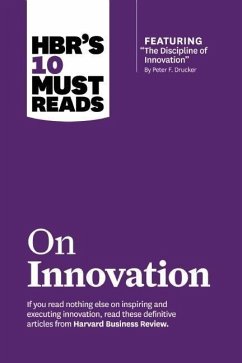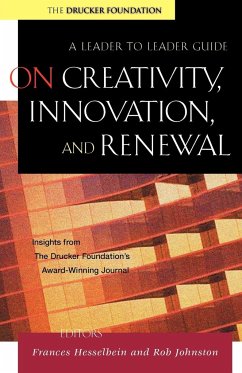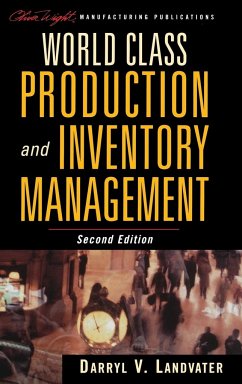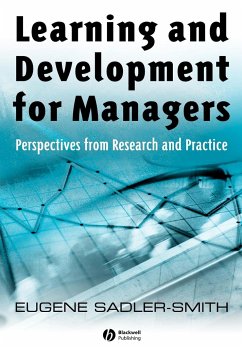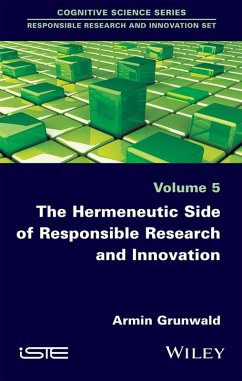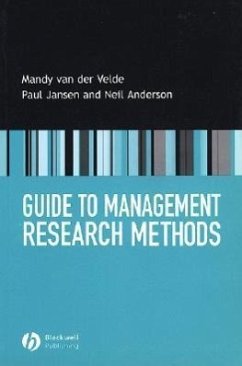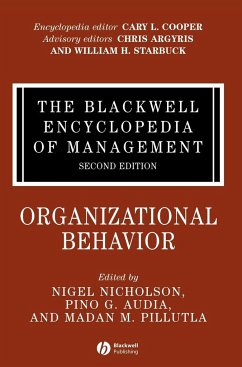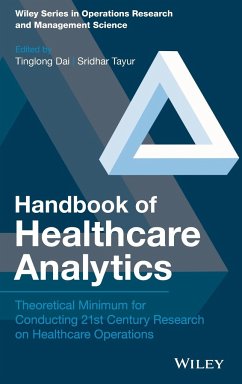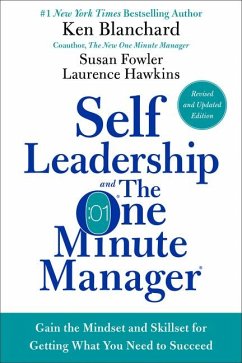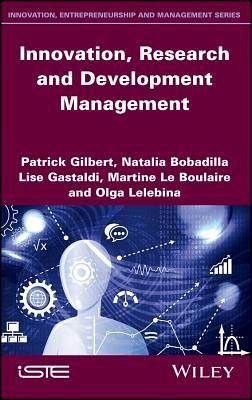
Innovation, Research and Development Management
Versandkostenfrei!
Versandfertig in über 4 Wochen
159,99 €
inkl. MwSt.
Weitere Ausgaben:

PAYBACK Punkte
80 °P sammeln!
Innovation, Research and Development Management In today's business environment, as organizations constantly seek to growth and develop through the optimization of their innovative and creative potential, understanding the critical issues and management practices in R & D is essential. This book provides a critical revaluation of the state of the art issues and concepts in R&D management. The views expressed are those of leading French researchers and professionals in this field, fed by empirical studies in national and international firms.




